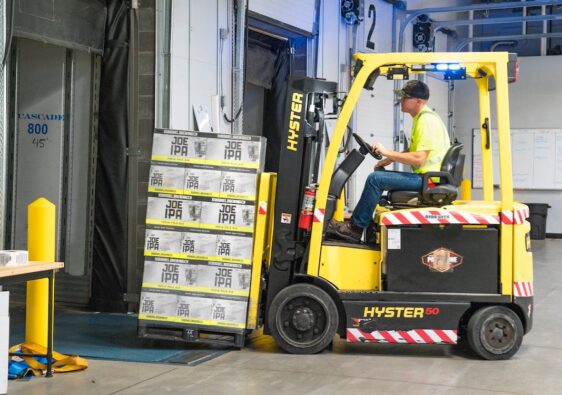The hiring process is long and complex. Hiring tools help streamline the process, save time, and make it more productive. These tools include applicant tracking systems that centralize candidate data, resume parsing, and scheduling. They also enable candidates to self-schedule interviews, reducing the back and forth that can slow the process.
Automated Assessments
With automated hiring tools, you can use pre-employment assessments to filter applications and find candidates who fit your roles well. This helps reduce the time to hire and interview candidates who decline your offer, which leads to better quality hiring. Recruiting automation saves recruiters and HR teams up to 50% of their daily tasks and frees up more time to dedicate to candidate experience. It also provides a more objective hiring process, eliminating the potential for bias and providing a more equal opportunity for all candidates. An applicant tracking system (ATS) automates several recruiting and onboarding activities, from creating templates for interview invitations to sending background checks to new hires. Moreover, the system allows easy data migration and seamless software integration into an HR information system.
Automated Interview Scheduling
One of the most time-consuming aspects of recruiting is scheduling interviews with candidates. With the right automated interview scheduling software, recruiters can save hours on this task and focus more on the screening and selection process. Interview scheduling tools allow candidates to select times that work for them, reducing back-and-forth communication and the risk of no-shows or last-minute rescheduling. Additionally, these tools provide a more consistent candidate experience and ensure that candidates receive timely responses to their questions throughout the hiring process. Hiring managers can also benefit from automated interview scheduling tools, as these platforms can automatically sync the schedules of all stakeholders involved in the hiring process to eliminate manual interactions and improve coordination. These tools also help reduce hiring bias by objectively evaluating candidates’ qualifications and skills.
Automated Emails
Email automation is a great way to increase engagement with your audience. It can be used for various reasons, such as sending an “abandon cart” email when someone forgets to complete their purchase or re-engaging lapsed customers with offers and surveys. Automated email workflows can also help with the candidate nurturing process. Candidate nurturing technologies provide automated email messages that keep candidates engaged throughout the hiring process.
Intelligent resume screeners can quickly evaluate candidates’ experience and skills to find the best match for a role. This helps eliminate unconscious bias in the hiring process and makes it easier to decide whether to interview or decline. This is especially helpful when you have multiple candidates who are close in skill and experience.
Automated Reference Checks
With an automated reference checking system, HR professionals can receive a comprehensive report that includes open-ended questions on the candidate’s strengths, accomplishments, and areas of improvement. The report also summarizes how likely the referee will be rehired and their overall job performance rating. This enables HR to easily weed out candidates who don’t have the right fit for their company’s culture and hiring needs at an early stage of the process, further reducing time and adding another valuable candidate assessment. Online reference checks are completed via email, allowing previous employers to respond at a time that suits them. This avoids disrupting their work day and provides a consistent referencing process that eliminates personal bias. HR can then collate referee responses and automatically pre-populate E-forms and auto-triggered SMS/Emails to expedite the next step in their workflow.
Automated Video Interviews
Whether or not you operate a remote business, video interviewing can save your organization time and money. These tools allow candidates to interview conveniently, eliminating the back-and-forth of finding an open slot in everyone’s schedules. This type of interview also will enable recruiters to review applicants simultaneously and helps promote a more equitable hiring process by eliminating bias. It gives every candidate the same opportunity to answer questions in the same way, so they don’t have to tailor their responses to please the interviewer or rely on prior experiences with the company. It also reduces the need to wait for candidates to arrive and sign in, allowing the recruiter to start immediately.



